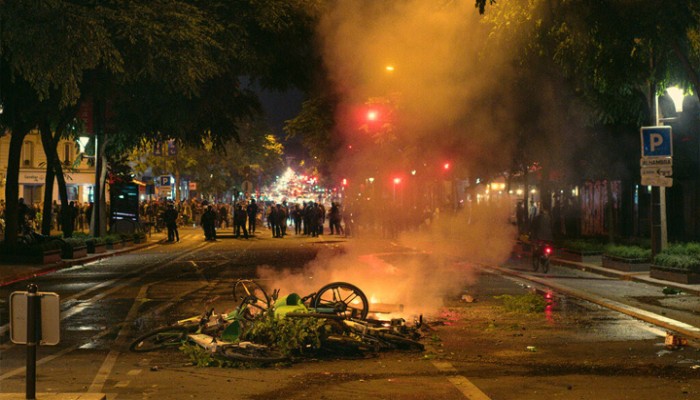
In the wake of Sunday’s legislative elections, France finds itself grappling with a fragmented Parliament and an uncertain path to a functional government. Although the far-right was rejected by voters, the Parliament remains deeply divided, with an insurgent left-wing alliance securing the most seats but falling significantly short of a majority. Detailed maps reveal the voting patterns across the country.
Achieving a stable government will require extensive negotiations, a process unfamiliar to French political culture. This intricate situation could take months to resolve, as noted by political analyst Roger Cohen. In response to the electoral deadlock, President Emmanuel Macron has asked his prime minister to stay on "for the moment" to maintain the nation's stability.
The New Popular Front, a coalition of left-wing parties, has urged Macron to allow it to form a government, promising to soon nominate its candidate for prime minister. However, the alliance is 100 seats shy of a majority, and its leader, Jean-Luc Mélenchon, has refused to negotiate with potential coalition partners or modify the alliance's platform.
Possible outcomes include Macron appointing a prime minister from outside his party and attempting to share power. However, Macron has dismissed both far-left and far-right parties as too "extreme," and other political groups have shown little interest in collaborating with him. The political future remains uncertain as France navigates this complex scenario.
By commenting you are accepting our Comment Policy.